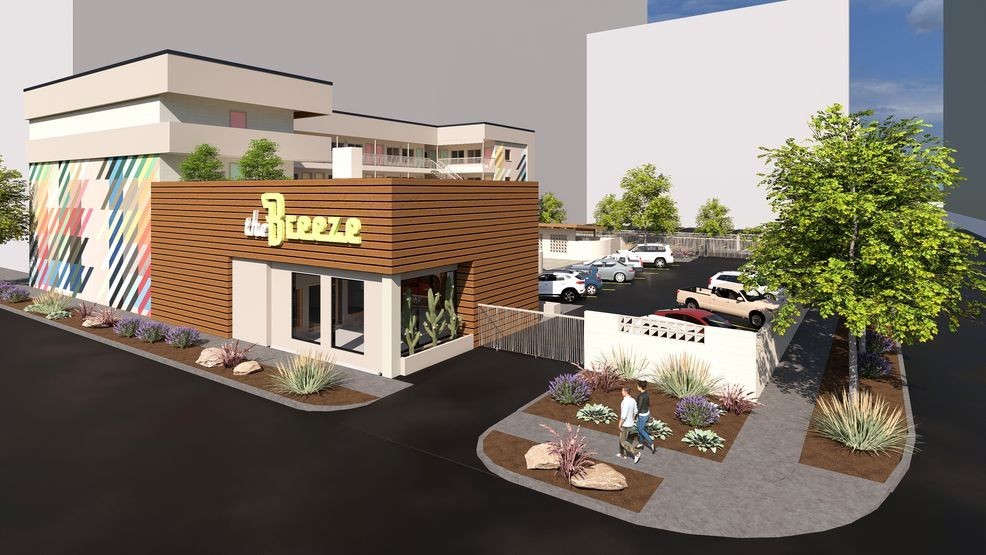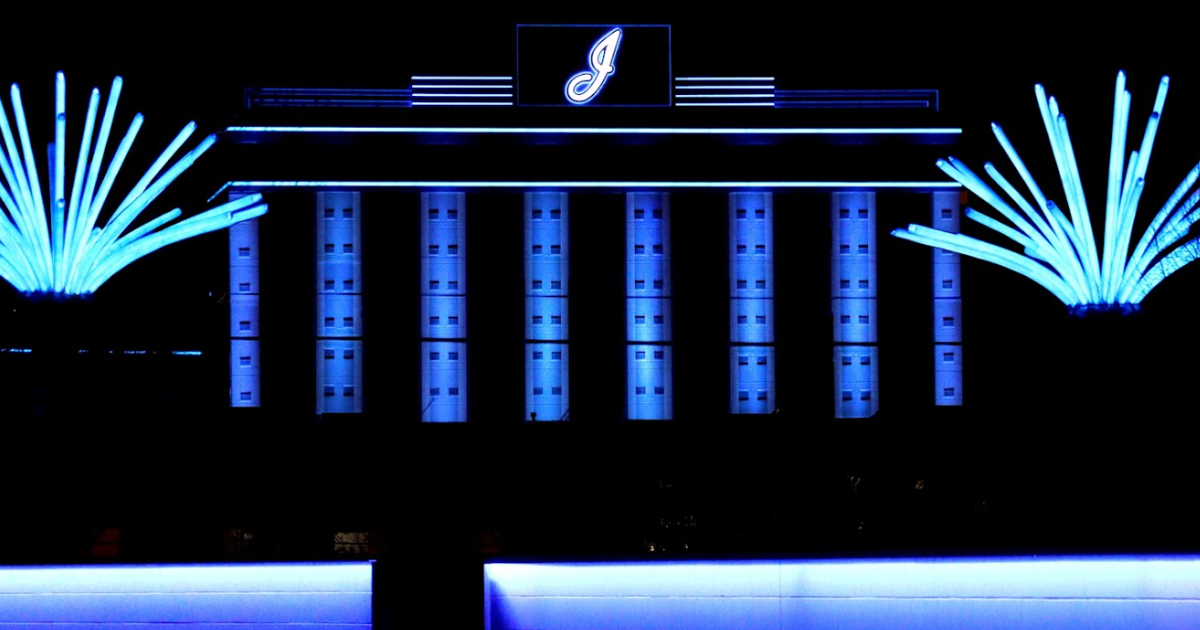“Get ready to ignite the spark of Reno’s revitalization! In a bold move, Jacobs Entertainment is taking the next step towards transforming the city’s landscape with the Neon Line project. This ambitious initiative aims to breathe new life into Reno’s downtown area, infusing it with a vibrant energy that will make the city shine brighter than ever before. But here’s the twist – Jacobs Entertainment is seeking public funds to make this vision a reality. As the city’s residents and stakeholders hold their breath, one question echoes through the streets of Reno: will the public purse strings open up to fuel the Neon Line’s dazzling promise? Dive into the latest developments as we explore the intricacies of this pivotal moment in Reno’s history, and discover what it means for the city’s future.”
Historic Preservation and Incorporation

Jacobs Entertainment’s redevelopment plans for the Neon Line District also involve the incorporation of historic landmarks into the project. The Chapel of the Bells and the historic Nystrom House will be preserved and integrated into the Glow Gardens, a 300-seat wedding and special event facility. This move is expected to have a significant impact on Reno’s historic landscape and cultural heritage.
The preservation of these historic landmarks is a crucial aspect of the project, as it ensures that the city’s rich cultural heritage is protected and showcased for future generations. By incorporating these landmarks into the Glow Gardens, Jacobs Entertainment is not only preserving the city’s history but also creating a unique and attractive event space that will draw visitors from across the region.

Analysis and Implications
Public Funding and Private Development
The request for public funding to support the Neon Line District project raises important questions about the balance between public investment and private interests in urban development. While public financing can provide critical support for large-scale development projects, it also raises concerns about the potential risks and benefits of public financing for private projects.
Jacobs Entertainment’s use of tax increment financing (TIF) to support the project is a common approach used by cities to encourage private development. However, it also raises concerns about the potential for public funds to be used to subsidize private profits. Instachronicles has previously reported on the use of TIF in other cities, highlighting both the benefits and challenges associated with this approach.
In this case, the use of TIF to support the Neon Line District project is expected to generate significant economic benefits for the city, including the creation of new jobs and increased tax revenue. However, it also raises important questions about the potential risks and benefits of public financing for private projects, and the need for careful consideration of the potential implications for the city’s budget and priorities.

Urban Growth and Development
The Neon Line District project is expected to have a significant impact on downtown Reno’s economy and reputation. The creation of new event spaces, including the Glow Gardens and the revamped entrance to the J Resort, will provide a major boost to the city’s tourism industry, attracting visitors from across the region and generating significant revenue for local businesses.
However, the project also raises important questions about the challenges and opportunities facing the city’s urban development. As Reno continues to grow and evolve, it will be important to balance the need for new development with the need to protect the city’s historic character and cultural heritage.
The role of creative partnerships in driving growth and innovation will be critical in this process. By working together with private developers, city officials, and community stakeholders, Instachroniques believes that Reno can create a vibrant and sustainable urban environment that benefits all members of the community.

Sustainability and Affordability
The Neon Line District project also includes several affordable housing initiatives, including the 57-unit affordable housing project at the Bonanza Inn and the 65-unit project that will replace the Reno Housing Authority’s Sarrazin Arms. These projects will provide critical affordable housing options for low-income residents, helping to address the city’s pressing housing needs.
In addition to the affordable housing initiatives, the project also incorporates several environmental considerations and sustainability measures. By incorporating green building practices and energy-efficient design, Jacobs Entertainment is reducing the project’s environmental impact and creating a more sustainable urban environment.
The long-term success of the Neon Line District project will depend on its ability to engage with the local community and provide affordable housing options that meet the needs of low-income residents. Instachronicles will continue to monitor the project’s progress and provide updates on its impact on the city’s economy, environment, and residents.
Conclusion
Here is a comprehensive conclusion for the article about Jacobs Entertainment seeking public funds for the next phase of Reno’s Neon Line project:
In summary, Jacobs Entertainment’s pursuit of public funding for the next phase of Reno’s Neon Line project has sparked a critical conversation about the role of private investment in urban revitalization. The company’s vision for a vibrant entertainment district has the potential to revitalize Reno’s downtown area, but it also raises important questions about the allocation of public resources and the responsibilities of private developers. As the city weighs the costs and benefits of supporting this project, it is essential to consider the long-term implications for Reno’s residents, businesses, and overall economic growth.
The significance of this topic extends far beyond Reno’s city limits. As cities across the country grapple with the challenges of urban renewal, the Neon Line project serves as a case study for the complex interplay between public and private investment. The outcome of this proposal will have far-reaching implications for the future of urban development, influencing the ways in which cities balance the needs of residents, businesses, and investors. As we look to the future, it is crucial that we prioritize transparency, accountability, and community engagement in these high-stakes decision-making processes.
Ultimately, the fate of the Neon Line project will be a testament to Reno’s commitment to responsible growth and development. As the city navigates this critical juncture, we are reminded that the true measure of a project’s success lies not in its flashy amenities or economic projections, but in its ability to serve the needs of the community it purports to benefit. Will Reno’s leaders prioritize the interests of its residents, or will they succumb to the allure of private investment? The answer will have lasting consequences for the city’s future – and will serve as a beacon for cities across the nation.